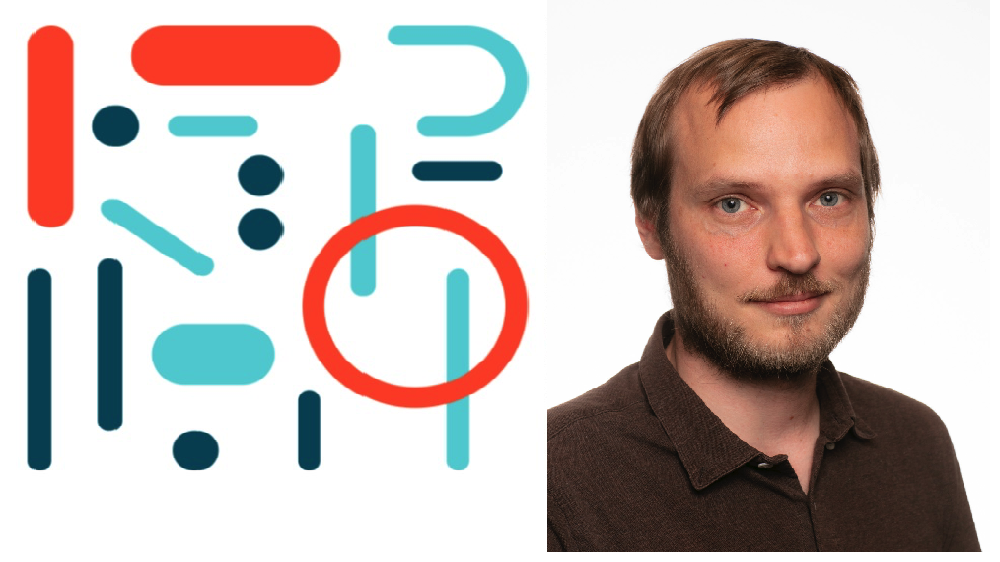Abstract
All animals have sets of moving parts that need to work together in some sort of cyclic order. This is achieved using neural circuits known as central pattern generators (CPGs). In most animals, these adapt to the environment - heart rate, for example, responds to stress. In most of today's robots, they do not. In this talk I will present ongoing work on a bio-inspired quadruped robot that can entrain its movement to rhythmic stimuli. Initial results suggest that one key property of biological neurons - firing rate that increases with input - is sufficient to allow entrainment in a relatively simple CPG with evolutionary optimization. I will then sketch out how scaling up to multiple interacting agents can affect complexity of behaviour, taking inspiration from collective motion of animals and biocultural evolution.
Bio
RITMO postdoc Alex Szorkovszky is an applied mathematician whose main research interests are collective behaviour, complex systems, cultural evolution and artificial life, using the tools of dynamical systems and statistical and agent-based modelling. His previous research projects include quantifying the evolution of collective behaviour in Trinidadian guppies, as well as measurement and control of quantum mechanical oscillators. He is currently undertaking a Marie Skłodowska-Curie Actions fellowship (2021-2023) in which he is developing adaptive robotic agents in order to uncover potential mechanisms behind entrainment in humans.
